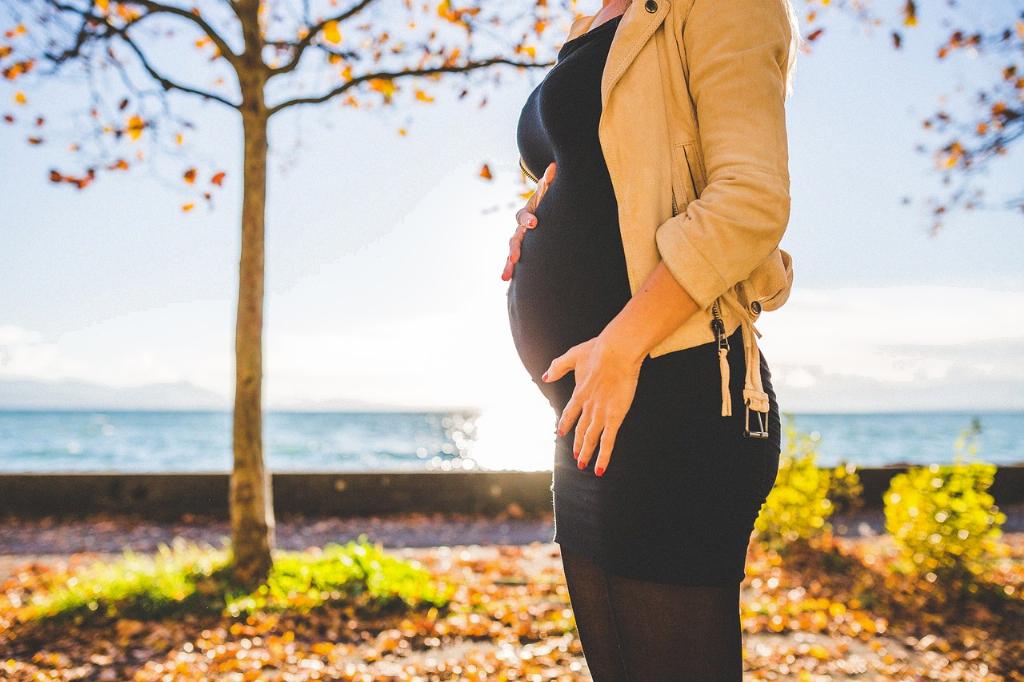Unintended pregnancy is a significant issue that affects many individuals and families across various demographics. It is crucial to understand the factors that contribute to the risk of unintended pregnancy to address the root causes effectively.
Low-Income Women
Low-income women are one of the groups most at risk for unintended pregnancy. These women often face barriers to accessing affordable and quality contraception, leading to a higher likelihood of unintended pregnancies compared to their higher-income counterparts.
Young Women
Women in the 18-24 age group are also at a heightened risk of unintended pregnancy. Factors such as limited sexual health education, lack of access to contraception, and peer pressure can contribute to the higher rates of unintended pregnancies among young women.
Cohabiting Women
Cohabiting women are another group with an increased risk of unintended pregnancy. The dynamics of living together can sometimes lead to less consistent contraceptive use, which can result in a higher likelihood of unintended pregnancies.
Women of Color
Studies have shown that women of color experience higher rates of unintended pregnancy compared to white women. This disparity can be attributed to systemic barriers to healthcare access, including racial discrimination and inequalities in reproductive healthcare services.
Higher-Income Women
In contrast, higher-income women, especially those at or above 200% of the federal poverty level, tend to have lower rates of unintended pregnancy. This demographic often has better access to comprehensive sexual and reproductive health services, including contraception options.
White Women
White women also exhibit lower rates of unintended pregnancy compared to women of color. Factors such as socioeconomic status, education, and healthcare access can contribute to the disparities in unintended pregnancy rates among different racial and ethnic groups.
College Graduates
Women who have obtained a college degree are less likely to experience unintended pregnancies. Higher levels of education can empower individuals to make informed decisions about their reproductive health and access reliable contraception methods.
Married Women
Married women generally have lower rates of unintended pregnancy compared to unmarried women. The stability and communication within a marital relationship can often lead to better family planning and contraceptive use.
Conclusion
Overall, understanding the demographics most at risk for unintended pregnancy is essential for developing targeted interventions and support systems. By addressing the underlying factors contributing to these disparities, we can work towards reducing unintended pregnancies and improving reproductive health outcomes for all individuals.

